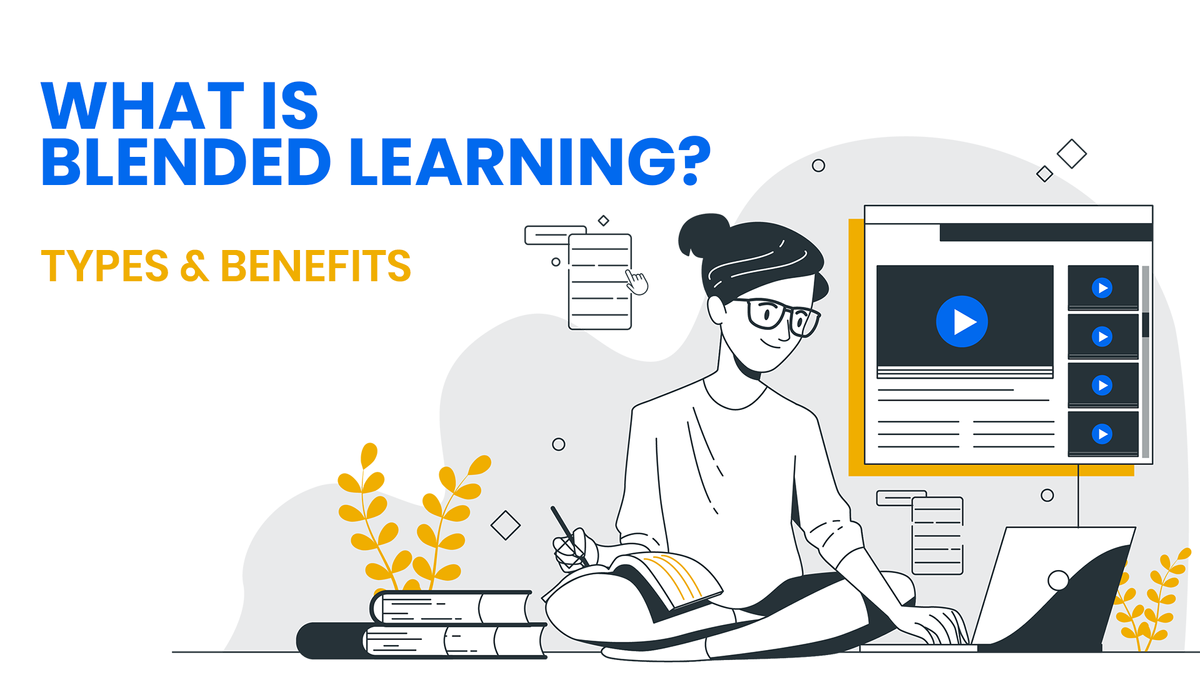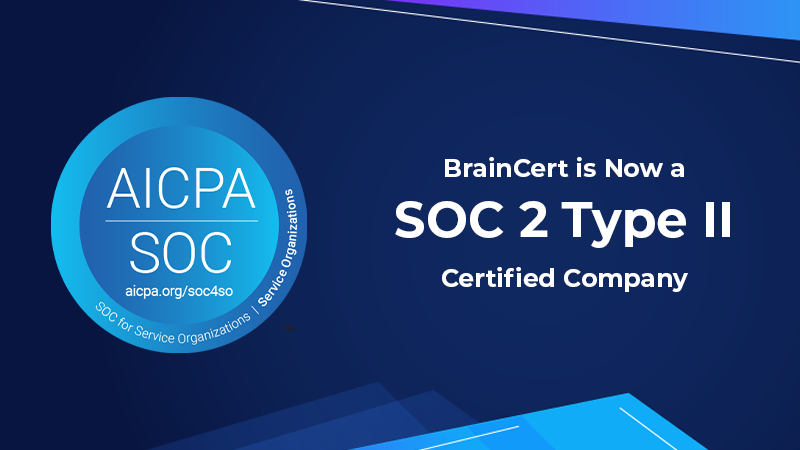“Blended Learning that has to blend something in my mind, it blends the best of what teachers bring to the table and the best of what technology brings to the table” - Rick Ogston (Founder of Carpe diem)
The effective learning experience through both offline and online methods is known as blended learning, which is also termed “hybrid learning”. It unites the traditional way of teaching, which is face-to-face interaction with online teaching. Blended learning is a powerful way in increasing the participation and performance of the students. This method of teaching attracts the interest of each center, with some giving prominence to face-to-face interaction, and also to others whose digital aspects take precedence.
This pandemic makes the best example of this blended learning. Due to outbreaks of covid crises, learning was made online. Another example of this blended learning is flipped classroom. In the flipped classroom the notes, lectures, and course material are viewed through a digital platform, and discussions about those classes, materials, and lectures are reversed during class time.
Types of Blended Learning:

1.Online classroom teaching and learning:
There is no geographical barrier to this learning. Classes can be handled virtually instead of conventional physical classes. Students can study at their own comfort level.
2.Self-paced learning:
The teacher conducts online classes, but if it is impossible for students to attend, then the class will be recorded so they can be reviewed later.
3.Physical and virtual classroom:
In this, teachers can blend the sessions of virtual and offline classes as per their own choices. By this, the boredom in the class will be reduced.
4.Online self-study techniques:
This is like course study, you can register and buy the course. Learning can be done by one's own capability so they can study on their own.
5.Online practical lab session:
Practical classes are conducted online. Students were asked to do practicals in their home, by not doing anything risky in their place.
Benefits of Blended Learning:

1.Flexibility In Learning:
One can learn on their own timing. They can access the lesson whenever they feel comfortable with the time. This increases the interest in learning. Can meet the learner wherever they are comfortable. It paces their learning according to their availability and curiosity.
2.Saves time, effort, and cost:
As blended learning grows everywhere, it indulges a variety of techniques in e-learning, which saves the time and effort of teachers. Significantly, blended learning reduces the operational amount which is very cost-effective.
3.Students Performance:
Teachers can track the performance of the student by student's attendance, academic progress, and their involvement in asking queries. Blended learning has more tools like videos, ebooks, lectures, and presentations which is highly beneficial in checking individual progress.
4.Boost morale and productivity:
Here decisions are made individually, so the decision-making skills are improved and make them choose wisely. Giving choice and freedom will increase the high morale in the workplace. It makes you understand what actually works for you in terms of development.
5.Improved Participation:
Offline classes will be the privileged place for the voices and needs of extroverts but in the blended class, the active participation of everyone like synchronous and asynchronous communication, including social media, can facilitate dialogue among groups or between individuals.
To Wind-Up:
The primary reason behind the blended learning is to make education easy and flexible for anyone. Evolution of education from physical presence to online in their own comfortable way, will make learning to reach a higher ratio.
Here BrainCert, the all-in-one unified training platform, which is super easy to use and has rich features. This type of LMS is more effective in enriching students' learning needs.










